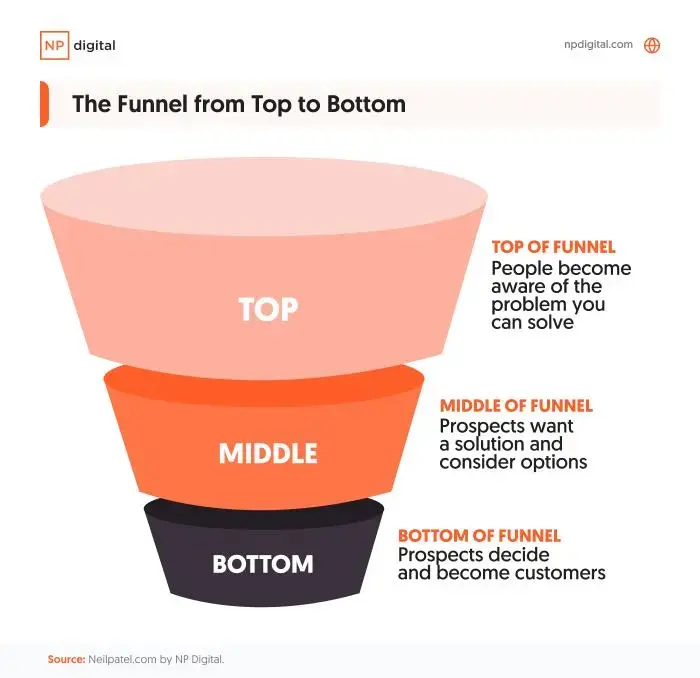Shopify stock slips on light guidance, company notes tariff 'uncertainty'
Shopify said it expects its merchants to have less exposure to President Donald Trump's sweeping tariffs, while acknowledging there's "uncertainty ahead."

The logo of Shopify is seen outside its headquarters in Ottawa, Ontario, Canada, September 28, 2018.
Chris Wattie | Reuters
Shares of Shopify dipped more than 5% in early trading on Thursday after the company posted mixed first-quarter results and issued soft guidance for the current period.
Here's how the company did:
Revenue: $2.36 billion vs. $2.33 billion expected by LSEGEarnings per share: 39 cents adjusted vs. 26 cents expected by LSEGFor the second quarter, Shopify said it expects gross profit to grow at a high-teens percentage rate, while analysts had forecast a rate of 20.1%, according to StreetAccount. The company forecast revenue to expand at a mid-twenties percentage rate compared with a year earlier. Wall Street had forecast roughly 22% growth.
Shopify sells software for merchants who run online businesses as well as services such as advertising and payment processing tools. Many of Shopify's merchants are small- to medium-sized businesses, giving it some exposure to President Donald Trump's sweeping tariffs on Chinese imports, which total 145%. As part of Trump's tariffs, the president last week closed a trade loophole favorable to many online businesses that allowed shipments from China under $800 to enter the U.S. duty-free.
On a call with investors, Shopify President Harley Finkelstein said the expiration of de minimis isn't expected to have a "meaningful impact" on Shopify in the near term. Roughly 1% of its gross merchandise volume is related to imports from China that were subject to the exemption, he said.
The company hasn't seen "broad based price increases" among sellers yet, Finkelstein said. He added that consumers who purchase from Shopify businesses skew higher income, with more than half of buyers in the U.S. having incomes above $100,000.
"We believe this helps insulate our merchants from some of the potential swings in pricing or other market factors, as higher income consumers tend to be less price sensitive," Finkelstein said. "We acknowledge the uncertainty ahead and are actively monitoring our data to help us support our merchants and adapt to whatever changes may arise."
Earlier this year, Shopify also added a "buy local" tool to its site, allowing shoppers to filter products to items sold by merchants in their country.
E-commerce companies are bracing for the impact of Trump's tariffs. Amazon earlier this month issued light operating income guidance for the second quarter, highlighting "tariff and trade policies" as a factor weighing on its outlook. Etsy, meanwhile, said last week it's staying "nimble" to the tariff uncertainty, while the company's finance chief Lanny Baker noted that the company's "direct tariff exposure appears to be relatively low."
GMV, a key metric that measures the total volume of goods sold on the platform, was $74.75 billion during the first quarter. That fell just short of consensus estimates for $74.8 billion, according to StreetAccount.
Revenue for the quarter was up about 27% to $2.36 billion, beating analysts' projected $2.33 billion. Subscription solutions revenue came in at $620 million during the quarter, which was lighter than the $621.5 million forecast by Wall Street.
Shopify stock chart

 ShanonG
ShanonG 








/cdn.vox-cdn.com/uploads/chorus_asset/file/25820486/247466_CES_2025_Lenovo_Legion_Go_S_SteamOS_ADiBenedetto_0006.jpg)




/cdn.vox-cdn.com/uploads/chorus_asset/file/25357667/STK259_MICROSOFT_COPILOT_2__B.png)

















